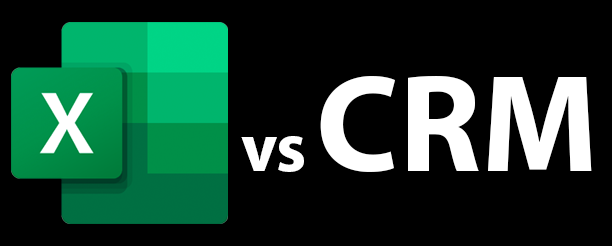One common feedback we receive from potential customers in the market when introducing the Tamago-DB CRM/ATS is that they are currently using Excel to manage their data for their recruitment business. The common reason: it is cost-effective for their business. Maybe from a financial expense perspective, it may be cost-effective, but there is an opportunity cost to managing data with spreadsheets. Let’s highlight some of the opportunity costs for using Excel below.
Scalability

Some recruitment companies use Excel at the beginning of their business as it can be cost-effective. As their company grows and they add more employees, an Excel sheet can limit your scalability as each consultant has to work from the same Excel and it becomes increasingly difficult to keep track of who and when data was updated. In many instances, each consultant may add data in different ways, which makes it harder to add new employees and have consistent data compliance. Having a CRM/ATS system that has a defined workflow and efficient data tracking, you ensure that all employees are using the system in the same way, providing consistency across your business.
Security
With Excel sheets, comes the concern about the security of data. Allowing users that join your company to have access to Excel or Google Sheets, opens the risk that they can easily download or copy the data. You could consider providing separate files, but this makes tracking very difficult. With a CRM system, all logins and data changes are tracked, and users are accountable for data compliance.
Data Input and attachments
Excel data input is all manual and the data is only linked if users input formulas and tables. A good CRM system will have parsing tools for documents and other automated import methods which save the user time. Additionally, attachments for contacts must be stored separately from contacts which adds another level of manual data and document management. A CRM allows for real-time data updates which increases collaboration among colleagues as they have the most up-to-date data at their fingertips. In the current market, candidates and clients don’t have the patience for calls that don’t add value. Having the most up-to-date information on a contact allows you to make a “smart call” that shows that you have the most up-to-date information. This type of interaction will lead to a higher level of success, regardless of the reason for the call.
Search
Along with up-to-date to date information, search is significantly more efficient with a CRM. With most CRMs, data from the candidate’s record, notes, and even attachments are instantly searchable and available. This increases the likelihood that you will find the right candidate for a position without having to open many spreadsheets and attachments to do manual searches. Your data should be easily accessible and able to search with minimal effort.
Reporting

Reports in Excel must be manually created and require many steps. A CRM allows reports to update automatically and allows users to choose the period and frequency. This becomes even more important as your business grows to be able to analyze your business and make the necessary adjustments to increase productivity that ultimately leads to revenue.
If your recruitment business is currently using Excel to manage your data and processes, it might be worth looking at an option such as Tamago-DB CRM/ATS to take your business to the next level. After all, your data and database are the real assets for your business. The more accurate, organized, and up-to-date your data is, the more your team has a chance to compete in an increasingly competitive market.


